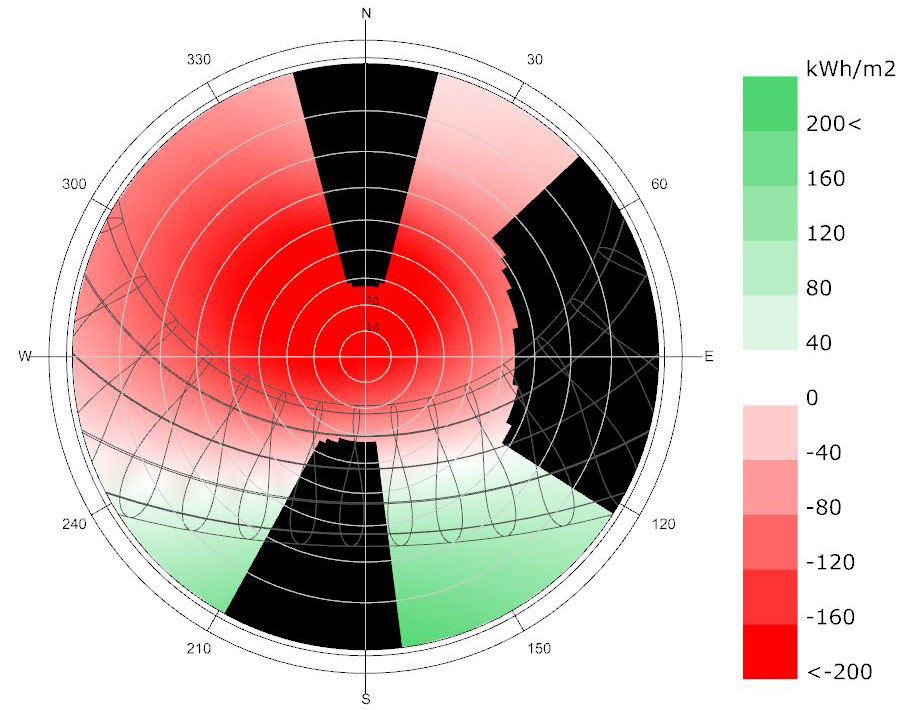

Ladybug imports standard EnergyPlus Weather files (.EPW) into Grasshopper. It provides a variety of 2D and 3D interactive climate graphics that support decision-making during the early stages of design. Ladybug also supports the evaluation of initial design options through solar radiation studies, view analyses, sunlight-hours modeling, and more. Integration with visual programming environments allows instantaneous feedback on design modifications and a high degree of customization.
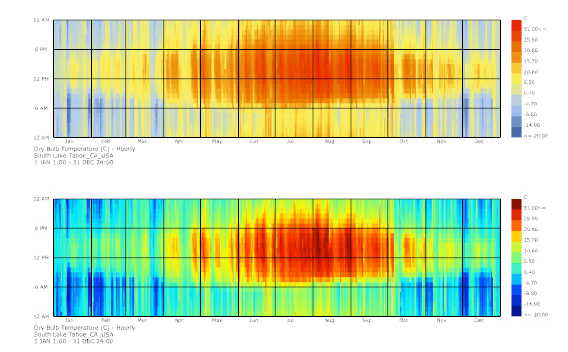
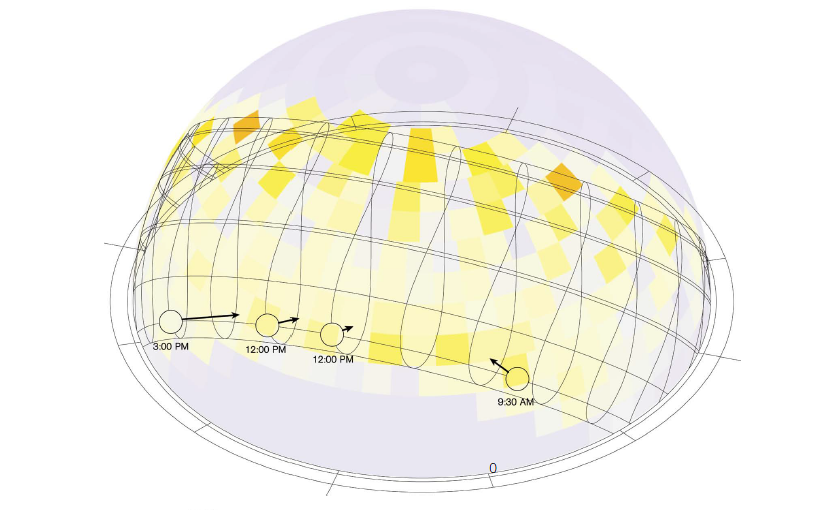


Make realtime animations of what sees the sun at different times of the day.
Check for examples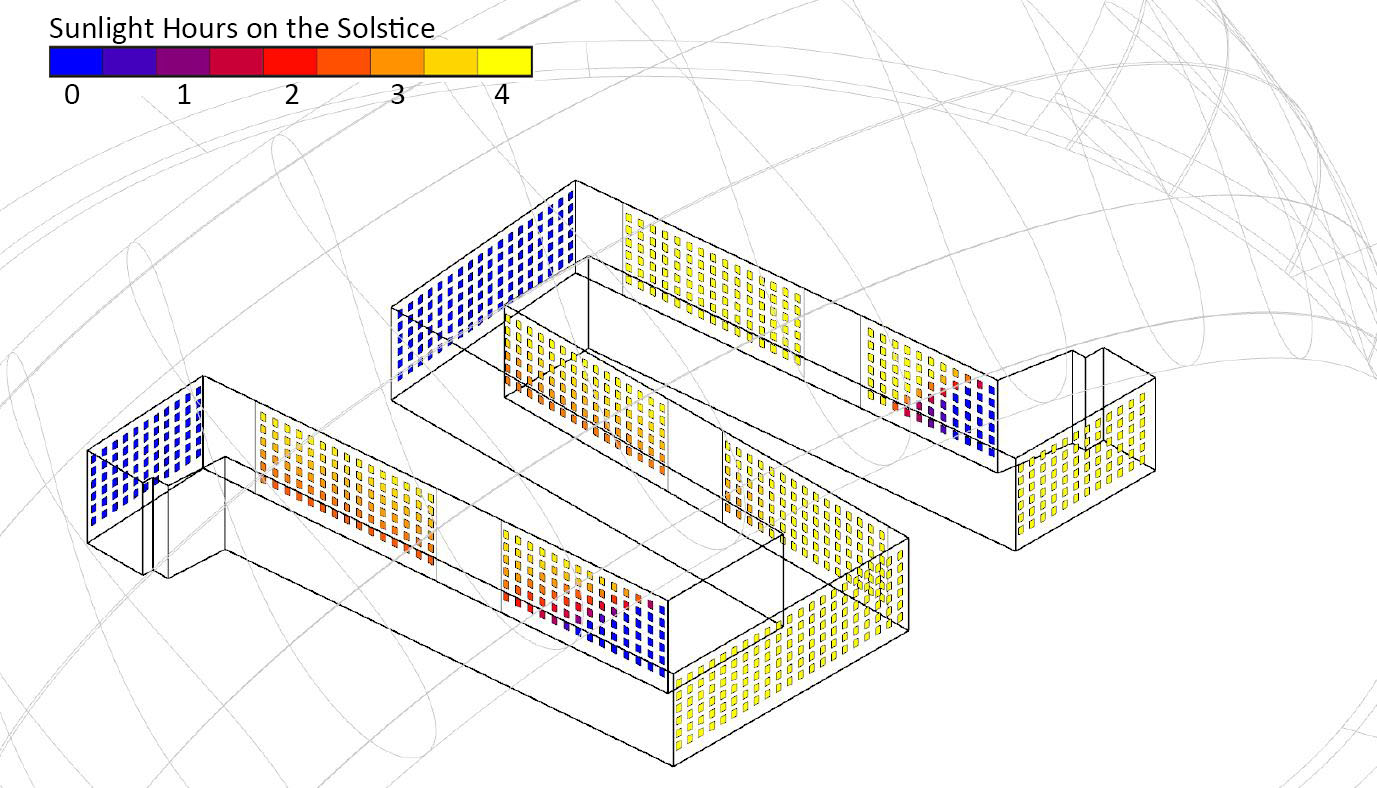
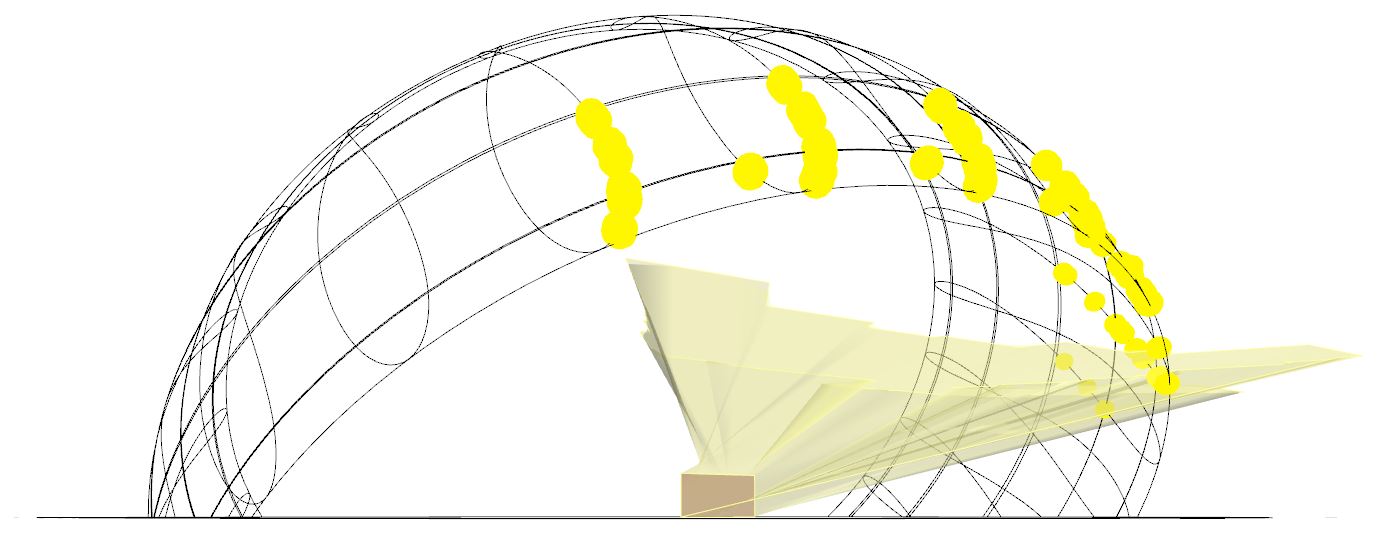
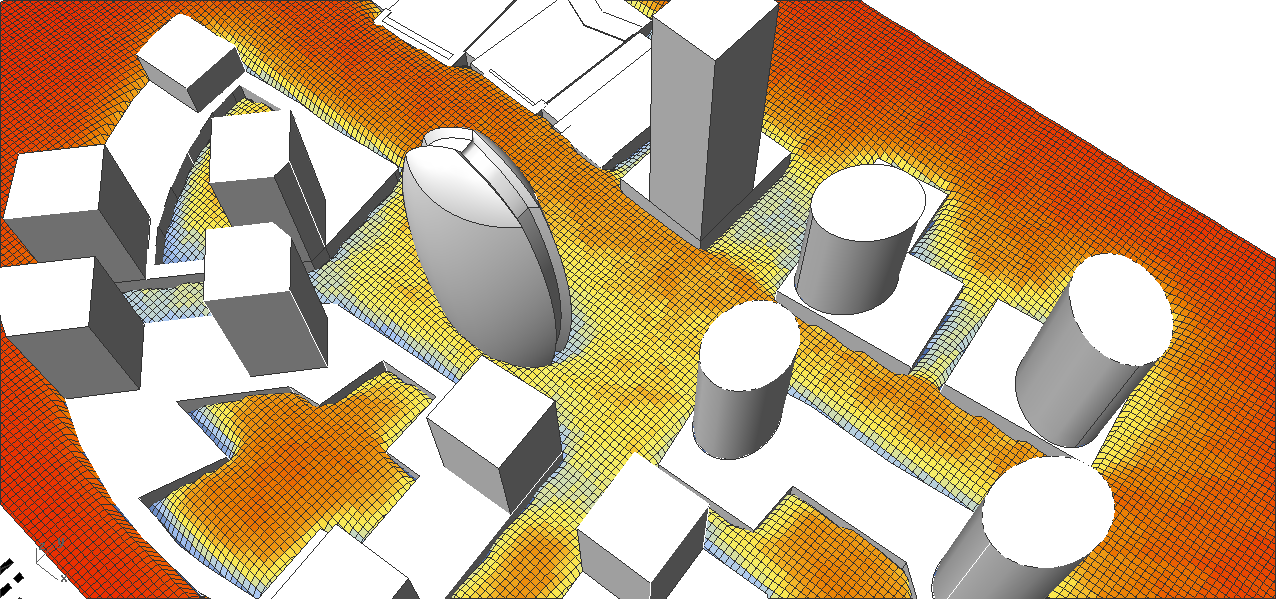
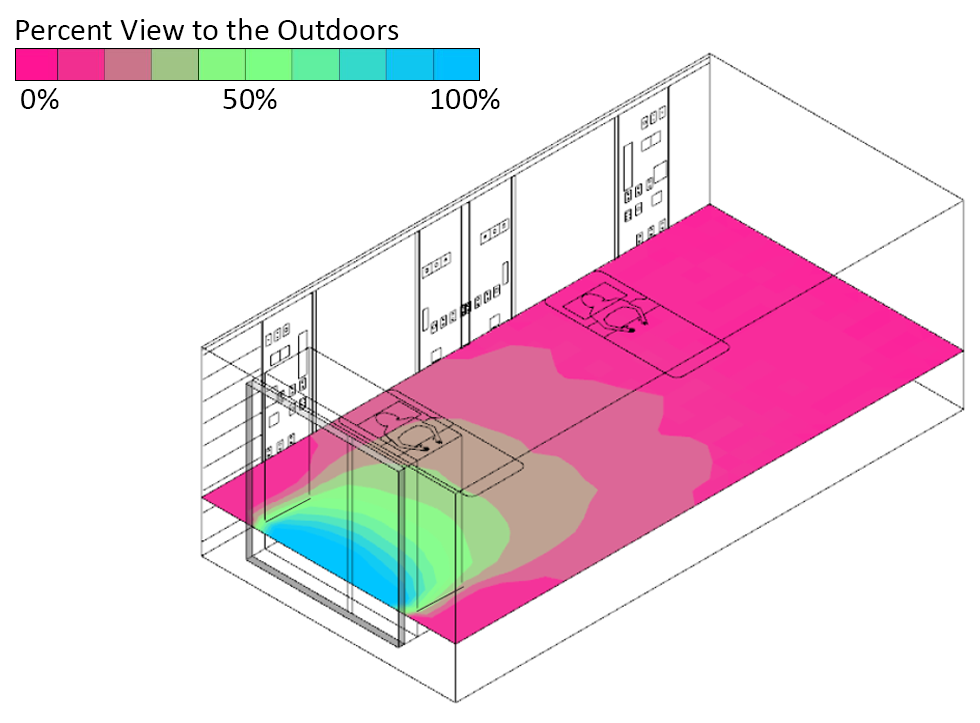



Account for sky heat exchange and use the latest outdoor comfort models.
Check for examples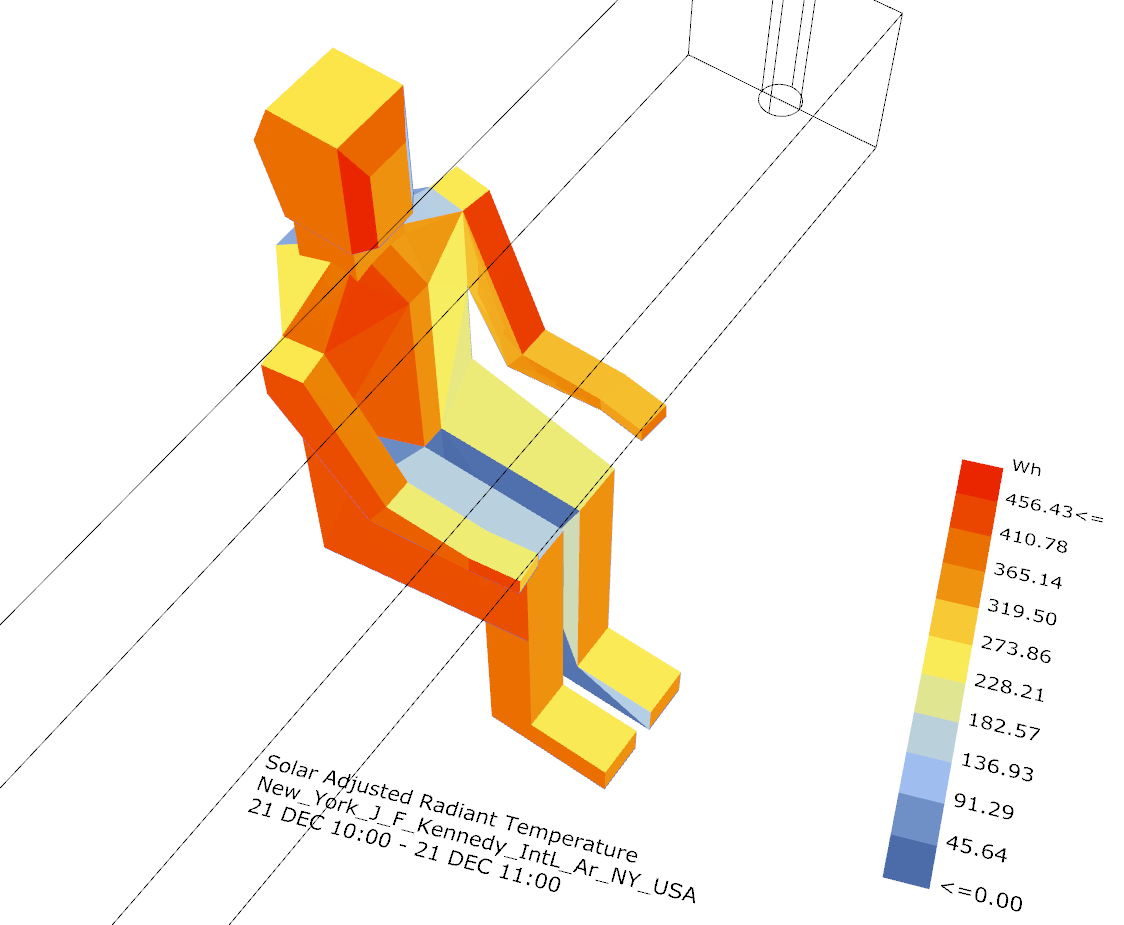

Visualize the regions of a shade that are most are helpful and harmful to thermal comfort.
Check for examples